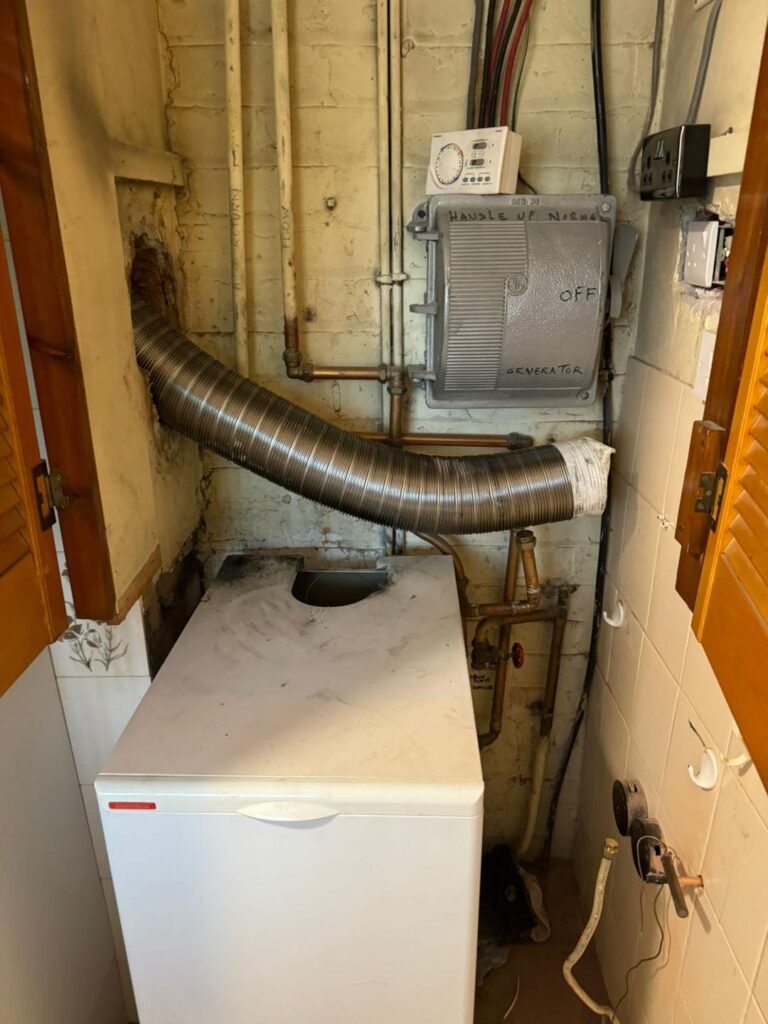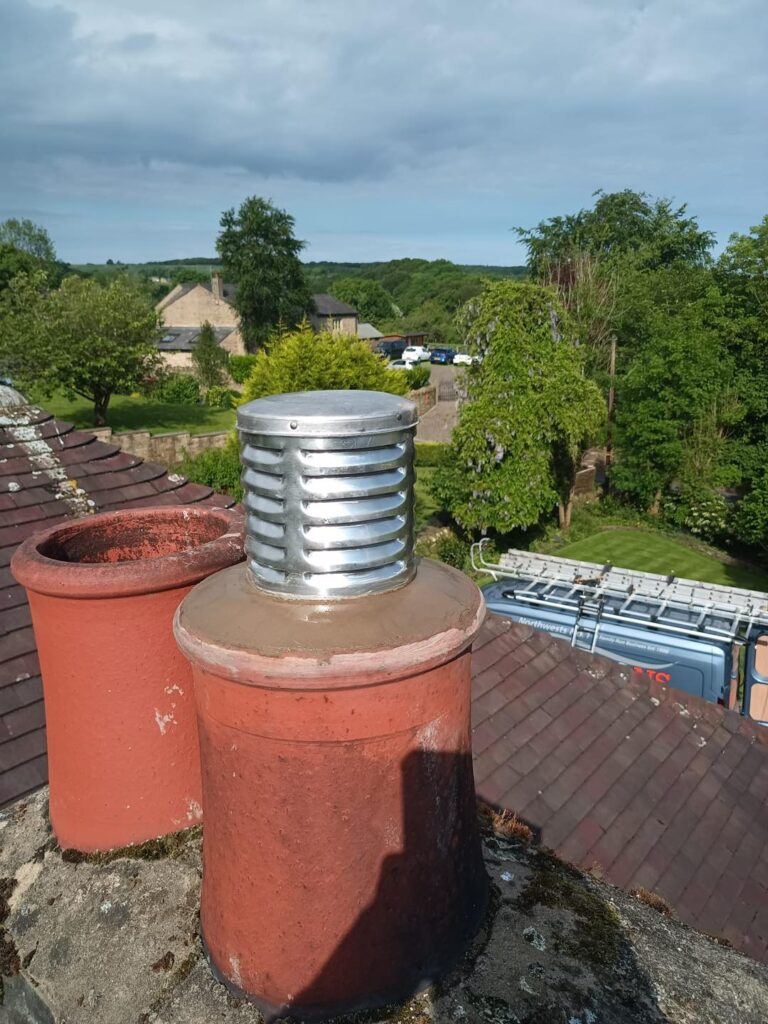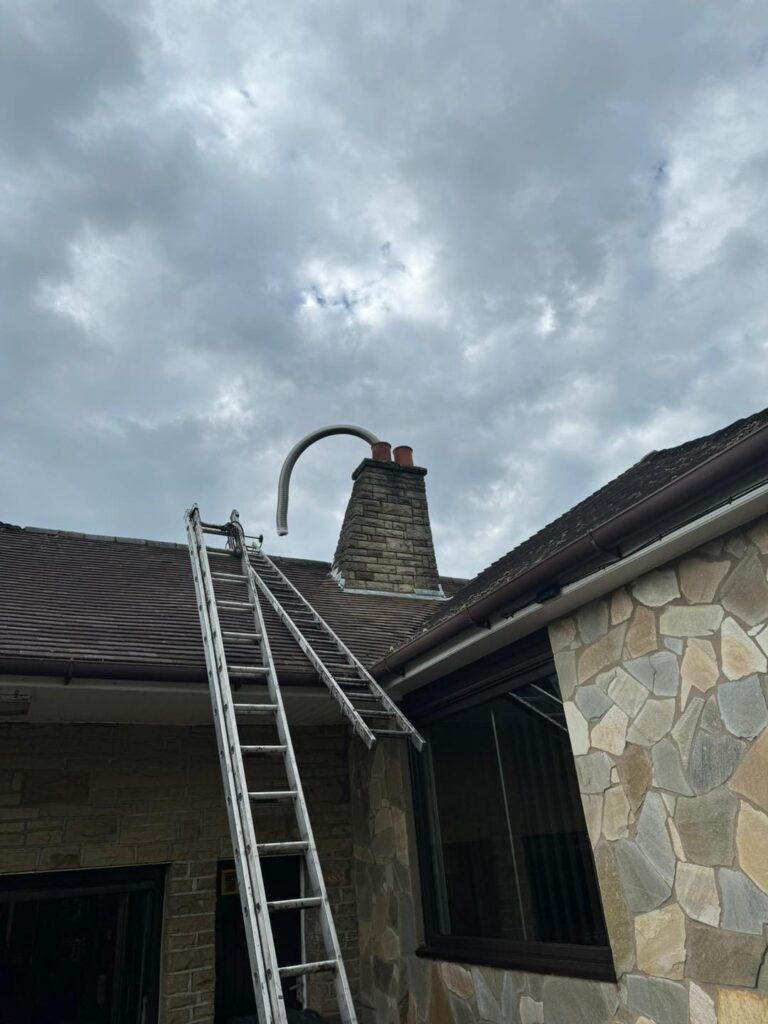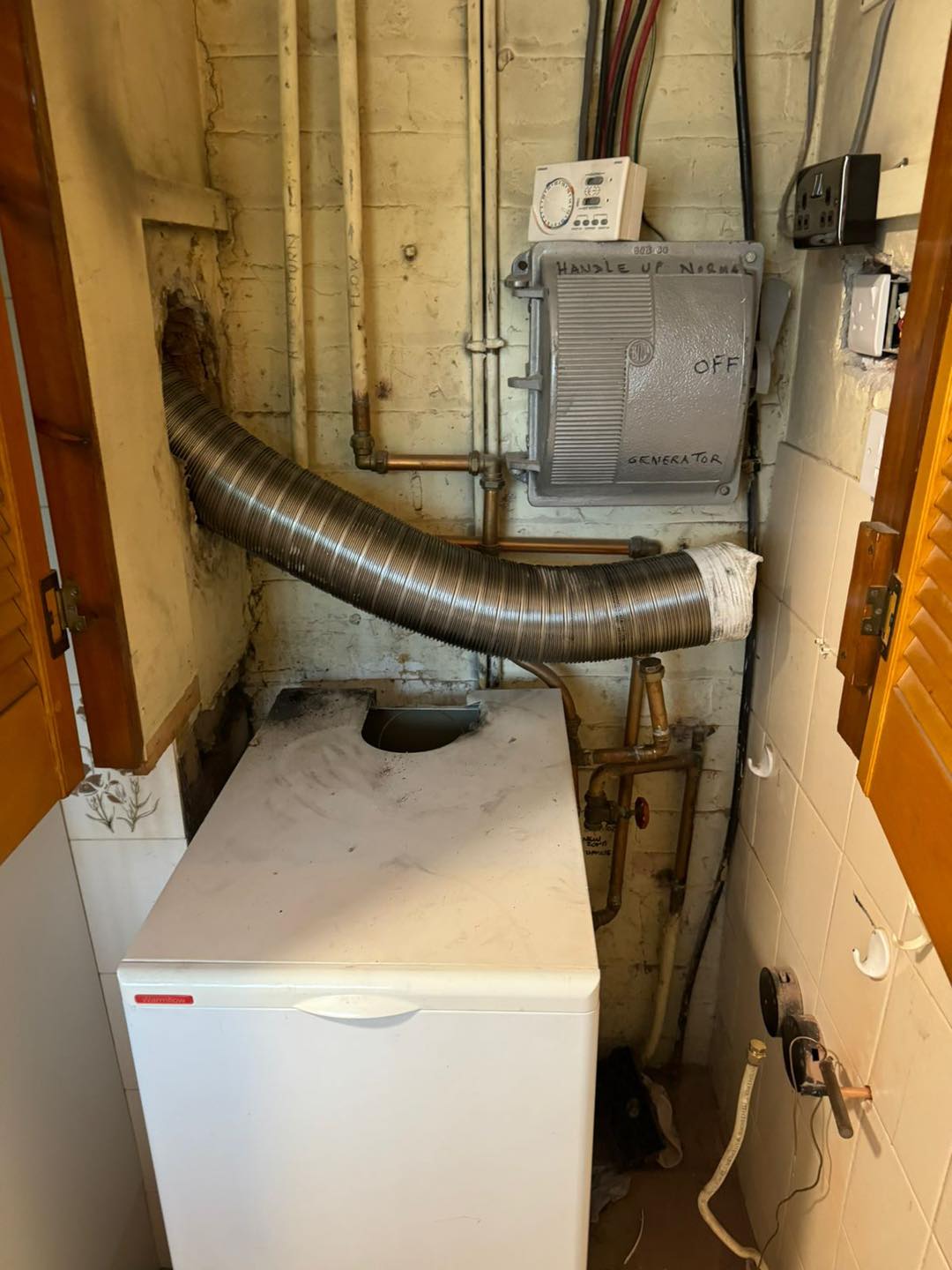Flue liner installed in upholland today for box boiler.



The Importance of a Flue Liner
A flue liner plays a critical role in any heating system, especially for boilers. Its primary function is to channel the exhaust gases from the boiler to the outside atmosphere, preventing the build-up of harmful substances like carbon monoxide inside the home. Additionally, a well-installed flue liner protects the chimney walls from corrosive gases and condensation, which can cause significant damage over time.
The Installation Process
The installation process began with a thorough inspection of the existing chimney and heating system. Our team assessed the condition of the chimney to ensure it was structurally sound and capable of accommodating the new flue liner. Once the assessment was complete, the following steps were carried out:
- Preparation: The chimney was carefully prepared for the installation. This involved cleaning any debris and ensuring a clear path for the liner.
- Liner Selection: Based on the type of box boiler and the specific requirements of the home, a stainless steel flue liner was selected. Stainless steel is preferred for its durability and resistance to corrosion.
- Installation: The flue liner was carefully inserted into the chimney, starting from the top and working down to ensure a snug fit. The liner was then securely attached to the boiler’s exhaust outlet.
- Sealing and Insulation: To prevent any leaks and enhance efficiency, the top and bottom of the liner were sealed. Additionally, insulation was added around the liner to reduce the risk of condensation and improve overall performance.
- Final Checks: After the installation, a series of safety and performance checks were conducted. This included testing the boiler to ensure it was operating correctly and that the flue was effectively channeling exhaust gases outside.
